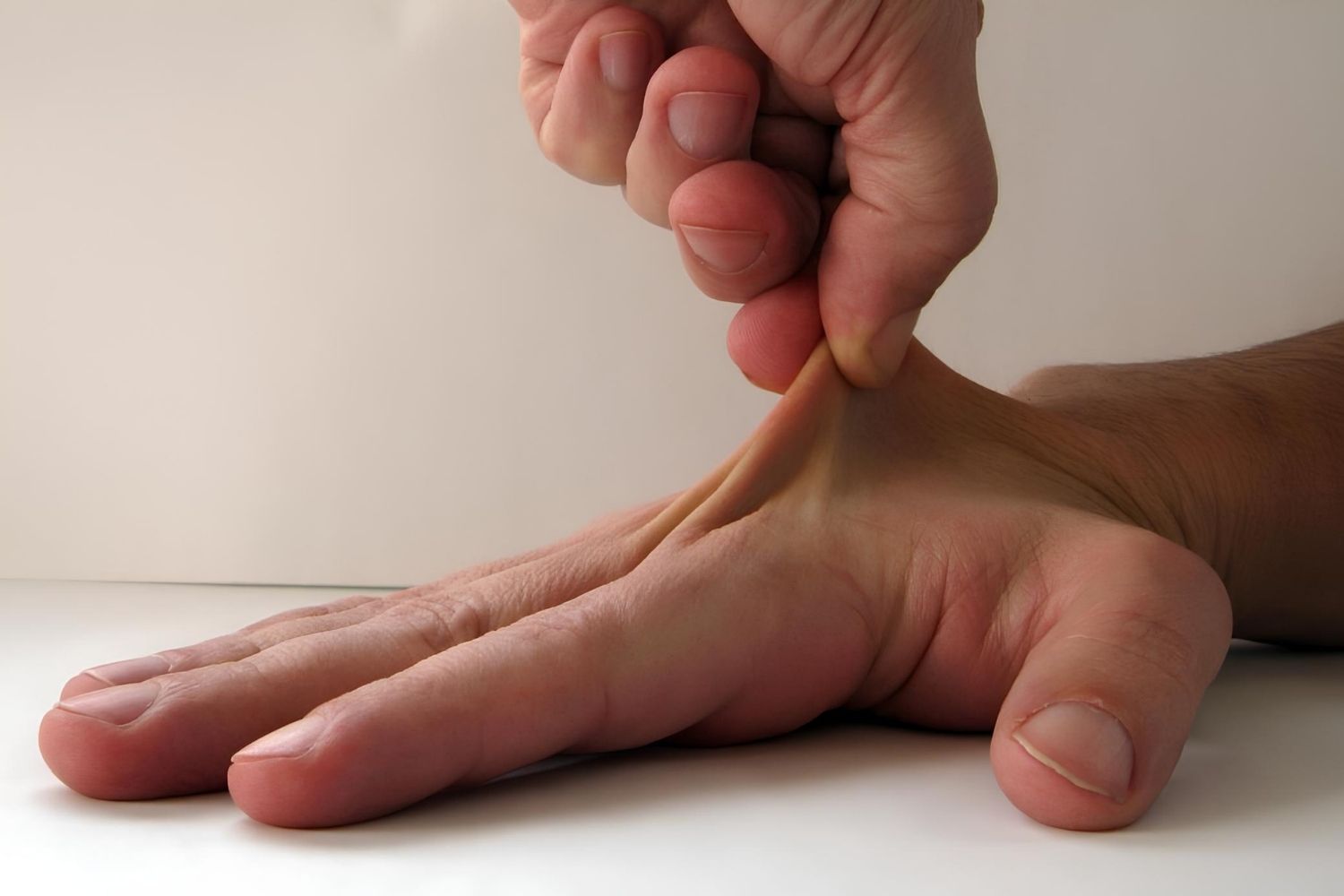
Classical-like Ehlers-Danlos Syndrome (clEDS) is a rare genetic disorder that affects connective tissues, leading to symptoms like hypermobile joints, stretchy skin, and easy bruising. This condition is caused by mutations in the TNXB gene, which plays a crucial role in the structure and function of connective tissues. People with clEDS often face challenges in daily activities due to joint instability and chronic pain. Despite its rarity, understanding clEDS is essential for early diagnosis and management. In this post, we'll explore 25 fascinating facts about clEDS, shedding light on its symptoms, causes, and the latest research advancements.
Key Takeaways:
- Classical-Like Ehlers-Danlos Syndrome (clEDS) is a rare genetic disorder causing joint hypermobility, fragile skin, and easy bruising due to TNXB gene mutations.
- Management of clEDS involves physical therapy, pain management, protective gear, and gentle skin care routines, while ongoing research aims to improve understanding and treatment options.
What is Classical-Like Ehlers-Danlos Syndrome?
Classical-Like Ehlers-Danlos Syndrome (clEDS) is a rare genetic disorder affecting connective tissues. This condition leads to symptoms that impact skin, joints, and blood vessels. Here are some intriguing facts about clEDS.
-
clEDS is caused by mutations in the TNXB gene, which provides instructions for making tenascin-X, a protein crucial for connective tissue structure.
-
People with clEDS often have hypermobile joints, meaning their joints move beyond the normal range.
-
Skin hyperextensibility is another hallmark of clEDS. The skin can be stretched more than usual but returns to its original shape.
-
Easy bruising is common in individuals with clEDS due to fragile blood vessels.
-
clEDS is inherited in an autosomal recessive pattern, meaning both copies of the gene in each cell have mutations.
Symptoms and Diagnosis
Understanding the symptoms and how clEDS is diagnosed can help in managing the condition effectively.
-
Joint dislocations and subluxations (partial dislocations) are frequent in clEDS patients due to joint hypermobility.
-
Chronic joint pain is a common complaint among those with clEDS.
-
Skin may appear soft and velvety, adding to the diagnostic criteria for clEDS.
-
Wound healing can be problematic, with scars often being thin and wide.
-
Genetic testing is essential for diagnosing clEDS, confirming the presence of TNXB gene mutations.
Treatment and Management
While there is no cure for clEDS, various treatments can help manage symptoms and improve quality of life.
-
Physical therapy is often recommended to strengthen muscles around joints, reducing the risk of dislocations.
-
Pain management strategies, including medications and alternative therapies, are crucial for those with chronic pain.
-
Regular cardiovascular check-ups are necessary due to the risk of blood vessel complications.
-
Protective gear, such as braces or splints, can help stabilize hypermobile joints.
-
Skin care routines should be gentle to avoid bruising and tearing.
Living with clEDS
Living with clEDS requires adjustments and awareness, but many lead fulfilling lives with proper management.
-
Education about the condition is vital for patients and their families to understand the challenges and necessary precautions.
-
Support groups and communities can provide emotional support and practical advice.
-
Adaptive tools and devices can make daily tasks easier and safer for those with clEDS.
-
Regular monitoring by a multidisciplinary team of healthcare providers ensures comprehensive care.
-
Awareness campaigns and advocacy can help increase understanding and support for those with clEDS.
Research and Future Directions
Ongoing research aims to improve the understanding and treatment of clEDS.
-
Scientists are exploring gene therapy as a potential future treatment for clEDS.
-
New diagnostic tools are being developed to identify clEDS earlier and more accurately.
-
Research into the molecular mechanisms of clEDS could lead to targeted therapies.
-
Clinical trials are ongoing to test new medications and interventions for symptom management.
-
Collaboration between researchers, clinicians, and patients is crucial for advancing clEDS research and care.
Final Thoughts on Classical-Like Ehlers-Danlos Syndrome
Classical-Like Ehlers-Danlos Syndrome (cEDS) is a rare genetic disorder that affects connective tissues, leading to symptoms like hypermobile joints, stretchy skin, and fragile tissues. Understanding these facts helps in recognizing the signs early and seeking appropriate medical care. While there’s no cure, treatments focus on managing symptoms and improving quality of life. Genetic counseling can provide valuable insights for affected families. Awareness and education about cEDS are crucial for better support and research advancements. By staying informed, individuals and families can navigate the challenges of cEDS more effectively. Remember, knowledge empowers, and sharing information can make a significant difference in the lives of those affected by this condition.
Frequently Asked Questions
Was this page helpful?
Our commitment to delivering trustworthy and engaging content is at the heart of what we do. Each fact on our site is contributed by real users like you, bringing a wealth of diverse insights and information. To ensure the highest standards of accuracy and reliability, our dedicated editors meticulously review each submission. This process guarantees that the facts we share are not only fascinating but also credible. Trust in our commitment to quality and authenticity as you explore and learn with us.
